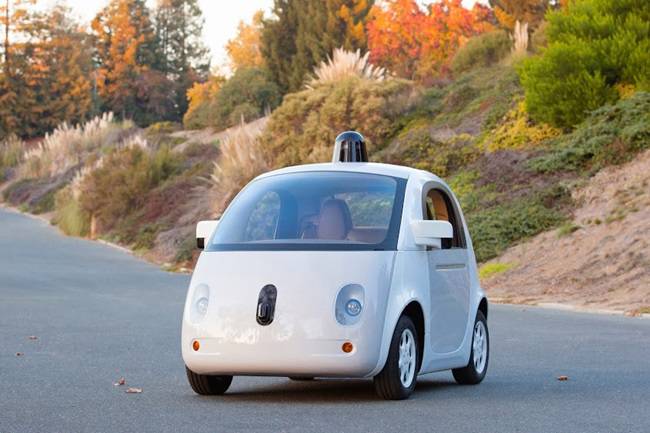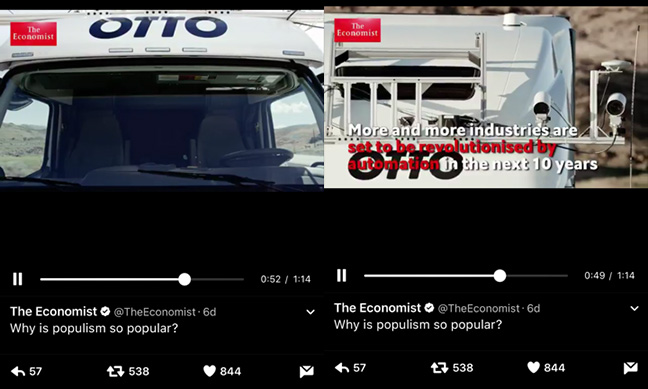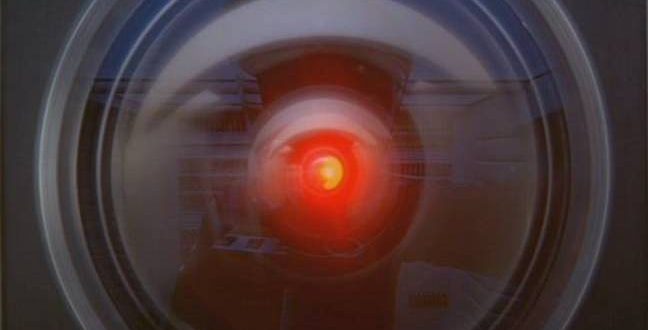Damn. Can we have our technopanic back, please?
New modelling published this week attempts to isolate the impact of industrial automation from other factors, and envisage what the economy might look like if the use of robots in industry increases, focusing on the impact on employment rates and working-class wages. Factory robots may have a significant impact on both – but only if the adoption of automation increases dramatically, the authors note. And it may not.
In recent months headline-grabbing studies by consultants McKinsey and the Organisation for Economic Co-operation and Development (OECD) have added to the technopanic, suggesting that (respectively) 45 per cent of US jobs are at risk from automation, while the OECD estimates that 57 per cent of jobs worldwide are at risk.
Authors Daron Acemoglu and Pascual Restrepo, in a working paper for the National Bureau of Economic Research, note that automation is already significant: the auto industry employs 39 per cent of industrial robots, followed by electronics (19 per cent), metal production (9 per cent), and plastics and chemicals (9 per cent).
The authors attempt to exclude other factors such as the effect of imports from Germany, Japan and Korea on jobs and wages, and studied the impact of robots on US industry between 1990 and 2007. They discovered “large and robust negative effects of robots on employment and wages across commuting zones” when human labour has to compete with robots. Acemoglu and Restrepo reckon:
The bullish International Federation of Robotics (“the voice of robotics in the world”) estimates a threefold increase in industrial robots by 2025, from between 1.5-1.75 million today to 4.5 million in 2025. Robots here are defined as fully autonomous machines that can be programmed to do several jobs. Between 1993 and 2007, the stock of industrial robots increased by 1 per 1,000 workers in the US and 1.6 per thousand in Western Europe. There was a negligible adoption of robots in education research and development and exactly zero in other non manufacturing industries.

Just because there’s a robot…
Today’s technopanic* about “AI” and robotics is unusual in that it began life as a media narrative some four years ago, rather than arising from a genuine technical or scientific breakthrough. Beginning with Erik Brynjolfsson and Andrew McAfee’s 2013 book The Second Machine Age – a reprint of a self-published book the authors had put out in 2011 – and subsequently Martin Ford’s The Rise of the Robots in 2015, “thinkfluencers” competed to be doomsayers of an economic apocalypse. The idea spread like wildfire through the op-ed pages, think tanks and quangos.
For once, the technology industry was caught on the wrong foot. It scrambled to fix that – but all it had were 20-year-old techniques. Nonetheless, by focussing the computing power of huge server farms, and in particular GPUs, to harness neural networks (now rechristened as the much sexier “deep learning”) on narrow demo-friendly challenges such as image recognition and text processing, Silicon Valley could boast of impressive new “breakthroughs” giving the apocalyptic thinkfluencers the material they needed to sustain their narrative. However, serious problems arose when Silicon Valley tried to apply its know-how to more challenging tasks.
In the past year Google, Apple and most recently Uber have reset their self-driving vehicle initiatives, having realised it’s much more complicated than they thought. The AI autopilots weren’t up to the job. Google had clocked up several million miles of automative driving over a decade, but now Alphabet has spun out the project as Waymo.
… doesn’t mean you’ll use one
Here’s where it gets interesting. Acemoglu and Restrepo note that: “There is renewed concern that with the striking advances in automation, robotics, and artificial intelligence (sic), we are on the verge of seeing them realized. The mounting evidence that the automation of a range of low-skill and medium-skill occupations has contributed to wage inequality and employment polarization adds to these worries.”
Then there’s a big caveat.
“These concerns notwithstanding, we have little systematic evidence of the equilibrium impact of these new technologies, and especially of robots, on employment and wages.”
They write:
In other words, it may be advantageous not to buy the robot to replace the workers.
“Second, the labor market impacts of new technologies depend not only on where they hit but also on the adjustment in other parts of the economy. For example, other sectors and occupations might expand to soak up the labor freed from the tasks that are now performed by machines, and productivity improvements due to new machines may even expand employment in affected.”
So how is that labour substitution coming along?
In a little-noticed interview this week, Lior Ron of Uber’s Otto division struck a new, conciliatory tone. Ron agreed that there is a national shortage of trucking jobs and positions his technology as a trucker’s companion – a “co-pilot” – not her (or his) replacement.
And when Alphabet spun out its self-driving cars unit, allowing it to focus on licensing more modest gains, Waymo CEO John Krafcik said: “We are not in the business of making better cars. We are in the business of making better drivers.” Ah.

Just as neural nets helped speech recognition make big gains, it isn’t hard to envisage the classification benefits of new deep learning tools as being genuinely useful in other narrow fields of archiving and data analysis, where the “machine” doesn’t have to “learn” too much. But in many cases these are likely to be adjuncts, rather than direct competition to human labour.
So perhaps someone should tell the apocalypse-addicted thinkfluencers who created the hype? The Economist has produced a one-minute video for social media which blames automation for the rise in “populism”. It predicts a bloodbath of “five million” working-class jobs as automation increases dramatically. But the video is already out of date. The example it uses is, er… Uber’s Otto. ®
Bootnote
Your reporter pinched the phrase “displacement anxiety” to explain the phenomenon of middle-class pundits having a panic attack about robots taking middle-class jobs, which is what created today’s hype. Much of what required judgement is now ceded to processes. But perhaps the middle classes have so thoroughly hollowed themselves out as humans, they now secretly wish to be replaced by machines, greeting their arrival with the enthusiasm of the euphoric cults who welcome the aliens in the movie Independence Day. Low self-esteem, perhaps?






